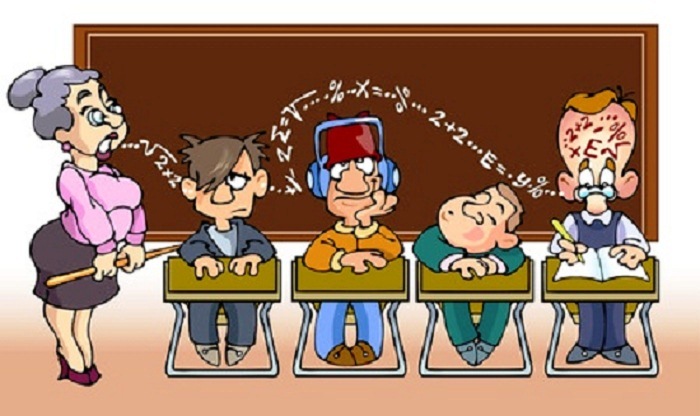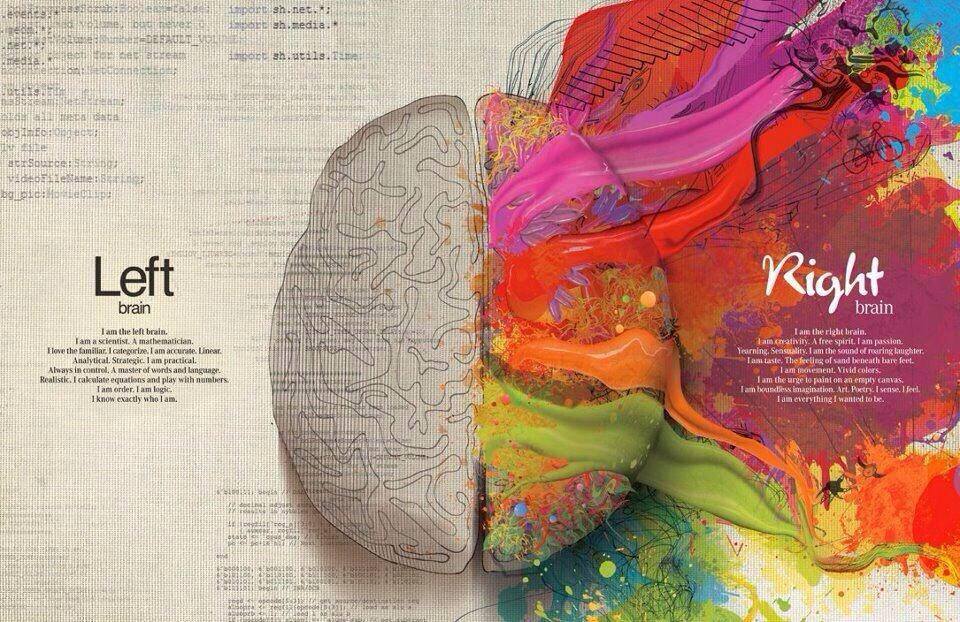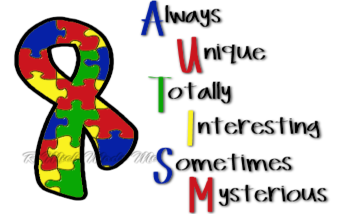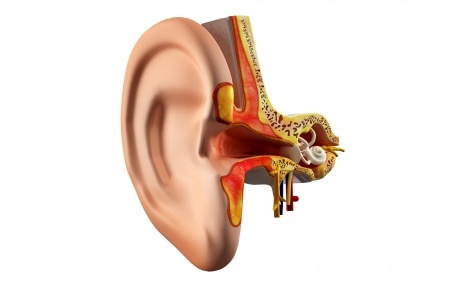In life, of all the language skills – listening, speaking, reading and writing – listening is used more than the other three added together. Children (and adults) can learn a lot through listening. Regrettably, this is not an instinctive skill. Listening must be taught and developed.
Driving home, last week, I noticed some activity on an empty plot of land. There was a tractor digging a deep hole. Nearby, I saw a stack of concrete blocks. A house was going to be built on the property. Preparation was being made. The first step was laying the foundation…a solid foundation.












